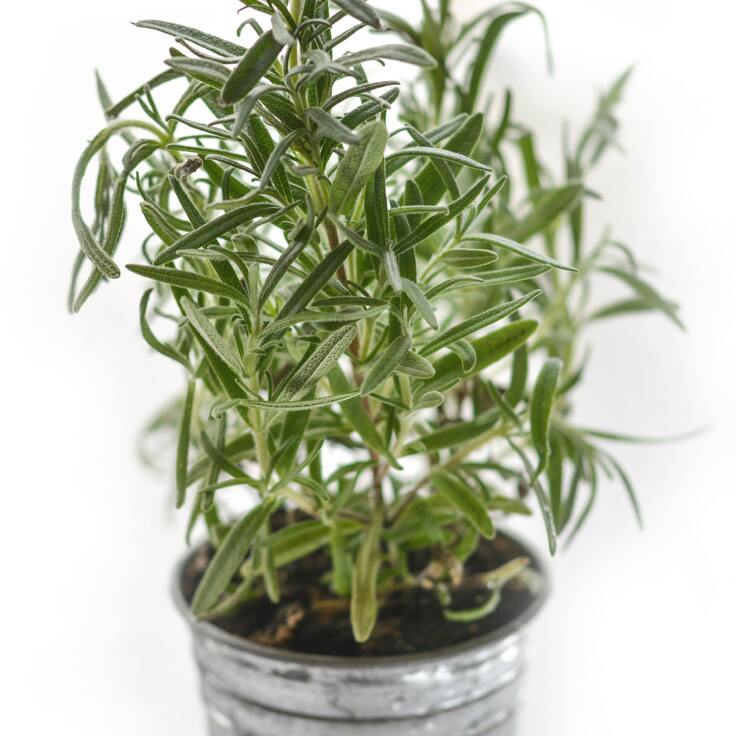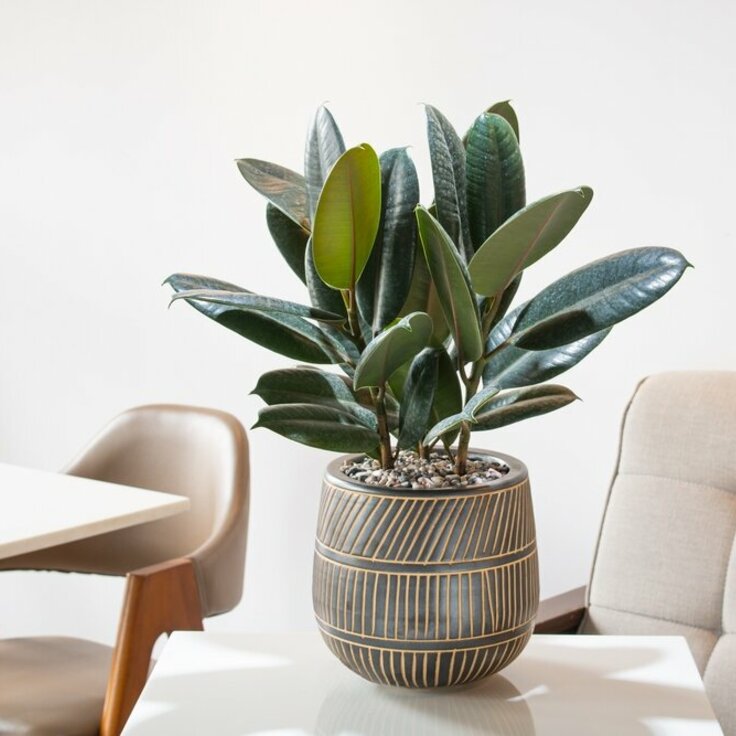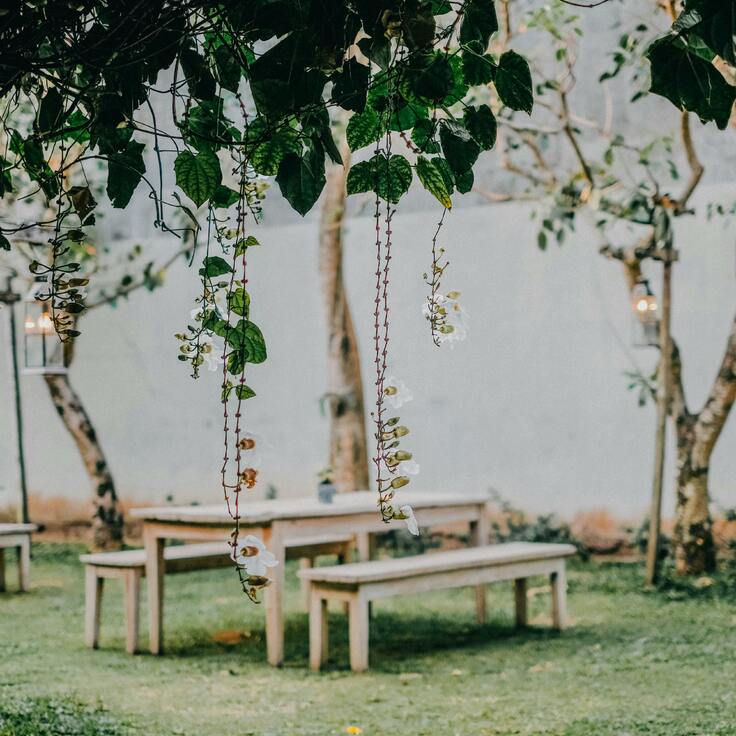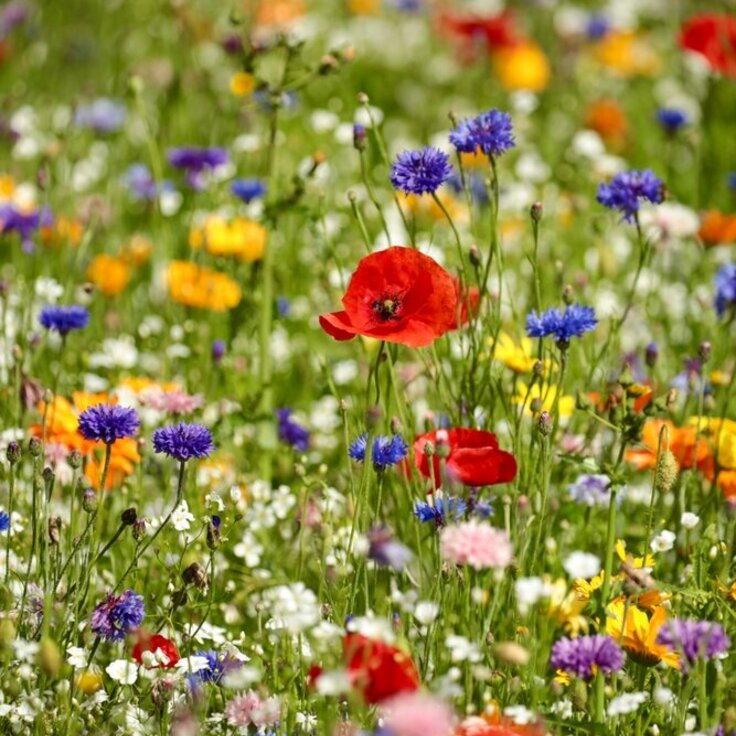How Calming Plant-Based Design Keeps Customers Coming Back in Home & Garden Spaces
In the world of interior and garden design, it’s no longer just about colour and shape – it’s about the experience a space creates. Both physical stores and digital platforms – from garden centres and home décor retailers to entertainment spaces such as online casinos – are looking for ways to make visitors feel comfortable, focused, and welcome.
In recent years, one visual approach has gained steady popularity: plant-based design. Think green tones, organic shapes, and subtle nature references. What once seemed purely aesthetic is now recognised as a smart strategy to encourage customers to stay longer, return more often, and think more positively about a brand. This approach is seen in both physical spaces and competitive digital environments, including those developed by 1xbet partners.
Why People Respond Instinctively to Green
Green tones, soft leaf shapes, and natural patterns have a calming effect. They reduce stress and help maintain focus. In any setting where concentration and comfort matter – whether in a garden centre, living room, or digital entertainment space – this can make a difference.
Shops that incorporate plants and nature-inspired features invite customers to browse longer. Online platforms have found the same: users who feel visually at ease are more likely to explore more sections, spend more time, and engage beyond their original intention.
Popular plant-based design choices include:
- Soft green backgrounds or forest-inspired gradients
- Layouts following the curves of leaves or stems
- Subtle animations such as swaying branches or blooming flowers
- Icons with natural motifs
- Background videos or soundscapes featuring nature sounds
Visual Comfort and Customer Behaviour
Whether in a showroom, garden centre, or online platform, comfort lowers barriers. Calmer designs often reduce bounce rates and encourage longer engagement.
For digital platforms, this can mean:
- Higher return visits
- More time spent researching products or services
- Increased interaction with additional content such as tips, inspiration, or promotions
In physical stores, the effect is similar: customers take their time, explore more, and make better-considered choices.
The Impact on Returning Visitors
A calm, recognisable look builds trust. Visitors associate a pleasant experience with the brand – and are more likely to return. In competitive sectors, this is invaluable.
For example, a garden centre with a lush, plant-filled interior will be remembered as an enjoyable place to visit. Likewise, an online platform that adopts plant-based design can create the same welcoming feeling in a digital format.
Measurable Results
User interface testing and analytics highlight the tangible benefits of plant-based design. In some cases:
- Average session time rose by 12% after a design refresh
- Users were 18% more likely to explore beyond their usual choices
- 30-day return rates improved by up to 9%
- Drop-offs during checkout or booking decreased noticeably
Such improvements directly impact core KPIs for both retailers and online platforms.
Where Plant-Based Design Works Best
Nature-inspired visuals are especially effective in areas where people make decisions or spend extended time, such as:
- Store entrances and welcome zones
- Lounge or waiting areas
- Homepage or main navigation pages online
- Customer service desks or help centres
Regional Variations
In some countries, plant-based design is adapted to reflect local nature. Garden centres in the UK might showcase seasonal flowers and native plants, while platforms in other regions use tropical leaves or desert flora.
Why Brands Choose This Approach
- Calming effects support better decision-making
- Enhances brand perception and trust
- Encourages exploration of products and services
- Creates a more welcoming, memorable experience
In short, plant-based design is much more than a trend. Whether used in a garden centre, homeware store, or even in an online entertainment platform run by 1xbet partners, it creates a pleasant space for customers to browse, choose, and return. In an increasingly competitive marketplace, a touch of green could be the difference between a one-time visitor and a loyal regular.








